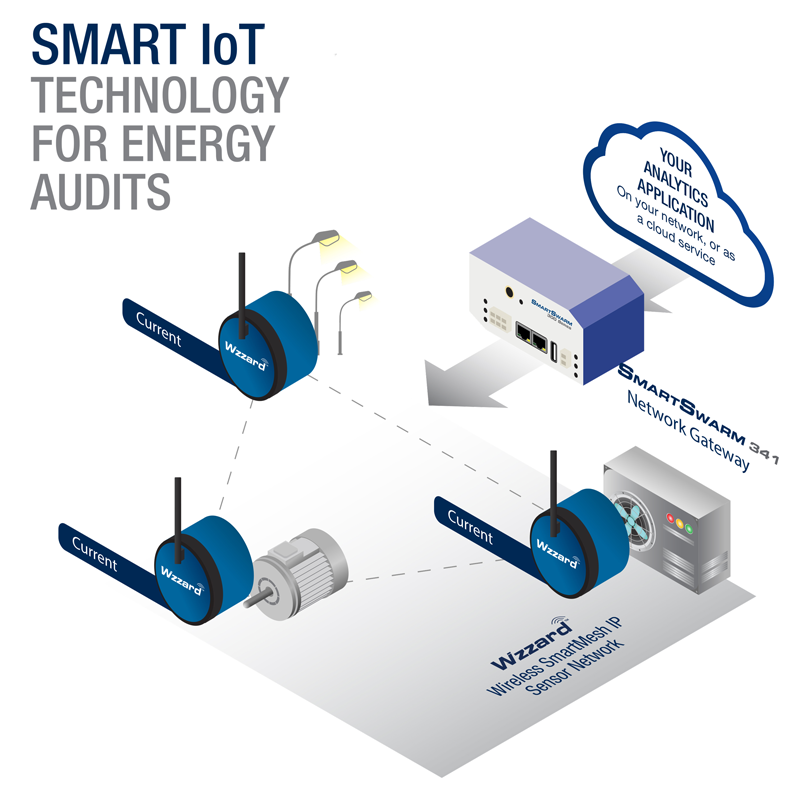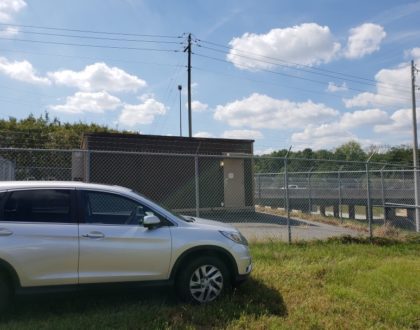Smart IoT Technology for Energy Audits
Electricity is one of the easiest resources to waste. It is typically metered at such a high level that it’s difficult to be sure where it is being consumed, and by what. If you measured power consumption at a discrete level, monitoring each device or process, you wouldn’t be estimating the energy cost of each item produced anymore, or the energy cost of a particular process. You’d know the exact number.
But how do you collect data from so many different locations and provide it to a software application that can make sense of it all? Smart Internet of Things technology makes it simple.
Start with the sensors that measure the current flow. It’s no longer necessary to hardwire each one to a network. Instead, you could use battery-powered sensors on a wireless IEEE 802.15.4e mesh network. IEEE 802.15.4e mesh networks provide redundant routing to the network gateway, as every node in the IEEE 802.15.4e mesh network has the same routing capabilities. Each node is able to receive data from any other network node that is within range, and to transmit data to any other network node that is within range. If one path to the network gateway fails, the network nodes will reroute through another. No single node represents the only path to the gateway. This makes mesh networks highly scalable, as devices can transmit data over long distances by passing data through intermediate devices to reach more distant ones, and new nodes may be added at any time.
The network gateway doesn’t necessarily need to be hardwired to your network, either. The most useful gateways can connect via wired connections or the cellular data networks, meaning that you can position them anywhere that you can get a cell phone signal.
Once the data is provided to your controlling computer, or to your cloud application on the Internet, you can combine the collected data with third party inputs to gather valuable insights. If a particular piece of equipment is consuming more power than others of its kind, you’ll know that it’s time for preventative maintenance or a new machine. If a particular process seems to be using an inordinately large amount of power, you’ll have the opportunity to consider alternative methods.
Measuring your power consumption at a discrete level won’t automatically oblige you to discard an inefficient piece of equipment or an inefficient process on the spot. But it will certainly show you where the trouble spots lie. Adding a bit of Internet of Things tech to your existing installation can give you better information, and better information leads to better business decisions.

Recommended Posts

Predictive Maintenance When Utilizing a Compressed Air System
November 12, 2018

Environmental Monitoring for Transportation Main Networking Hubs
November 7, 2018

